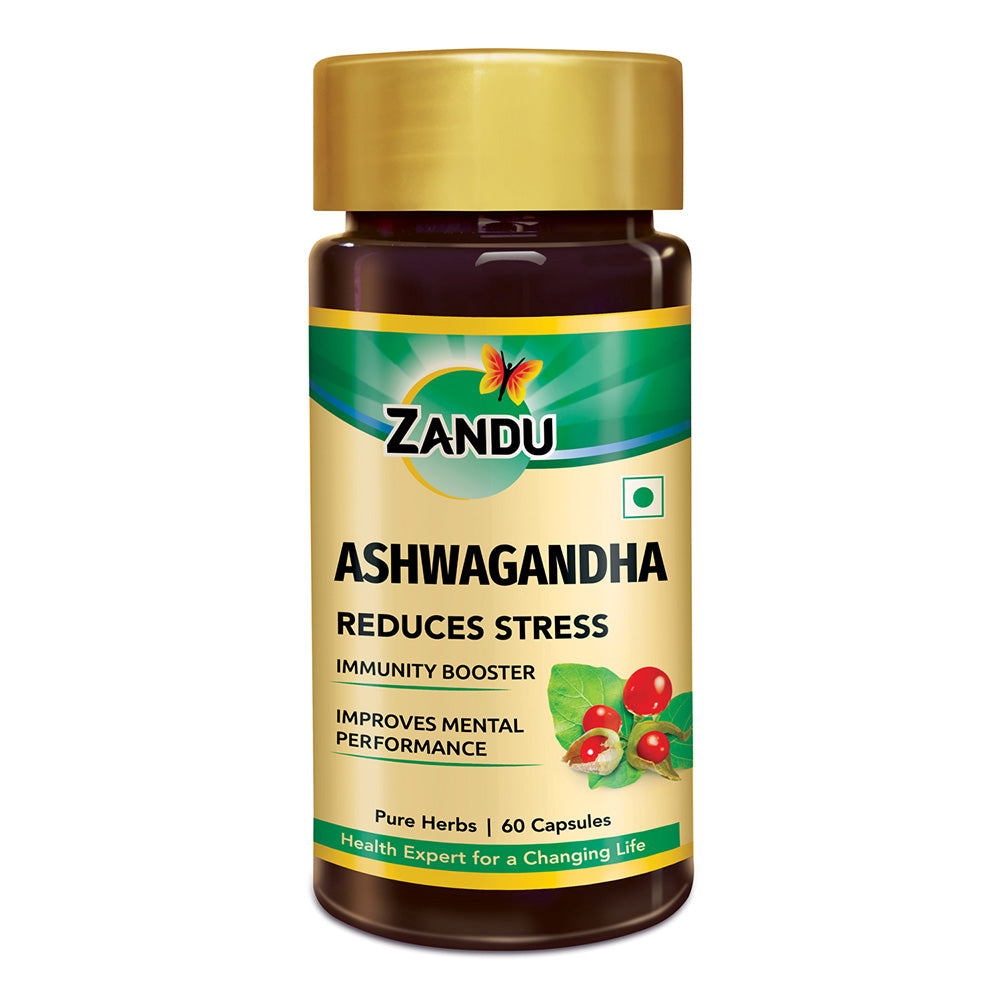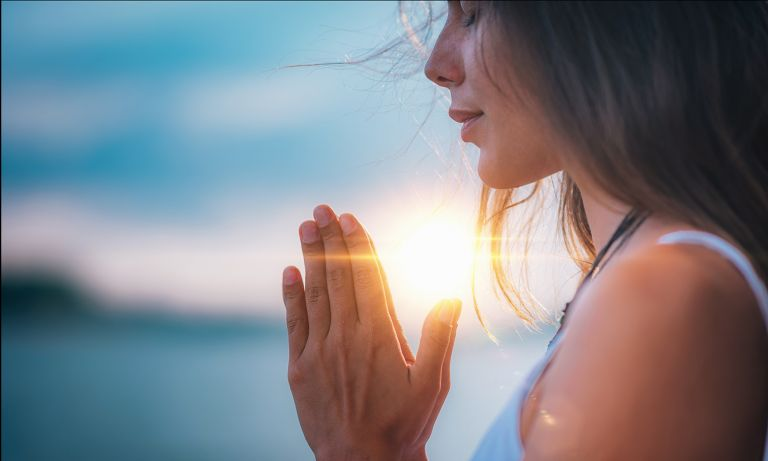
Portable Face, Neck, Body & Foot Massager | 100% Bronze | Teakwood Handle | Face Yoga Wellness Tool

Reduces Stress & Anxiety | 100% Natural Active | Root Extract | Improves Mental Performance | Scientifically Proven


Many of us think that relaxing means flopping on the couch and watching any web or TV series after a long day. But this has very little contribution to reducing the damaging effects that are associated with stress. It is immensely crucial to activate your body’s natural relaxation response. Excellent relaxation techniques like visualisation, deep breathing, yoga, and meditation can definitely help.
These methods efficiently put brakes on stress by lowering your breathing frequency and heart rate. Further, it also provides aid to bring your body and mind back into balance. If you are considering a professional massage, most stress relief techniques can be performed on your own.
However, you should remember that no single technique works for everyone, as we’re all different individuals. The perfect technique is the one that not only fits your lifestyle but also resonates with it. Further, it helps in focusing your mind so that it can seamlessly elicit a relaxation response.
Once you start adhering to stress relief techniques regularly, it will automatically help in improving your sleep. Besides, it will also reduce your stress and anxiety while boosting your energy and improving your overall health and well-being.
Today, this article will discuss 8 typical ways to relax and unwind. Stay tuned until the end to know more about it. Let’s begin.
This is typically a two-step process of yoga that enables you to systematically relax and tense different muscles of your body. And when you practise this technique regularly, you’ll know how tension and complete relaxation work in several body parts.
Thus, you can easily react to the signs of muscular tension that are accompanied by stress. So, as your body relaxes, your mind does the same. If your stress level is reaching its peak, you can combine breathing exercises with progressive muscle relaxation. This will definitely help in eliminating your stress completely.
While you practise this technique, make sure you are wearing loose clothes. To get more comfortable, you can consider taking a few slow, deep breaths off your shoes. Remember that you need to practise quite a few times before you can master progressive muscle relaxation.

Deep breathing exercises are a simple yet extremely powerful of all relaxation techniques that exist. It is not just easy to learn but can be practised at almost every place possible. Besides, it offers a quick pathway to keep your stress levels appropriate and in check.
You should note that deep breathing is a cornerstone of several other relaxation practices. In fact, breathing exercises can be combined with other elements of relaxation, including music and aromatherapy. While your downloaded application guides you through the entire procedure, you can sit back and relax. And as you will have a few minutes to spare, you can sit quietly in a place and stretch out.
While you practise deep breathing, please ensure that you sit comfortably with your back straight. You need to follow the technique of breathing in through your nose and exhaling through your mouth. Try inhaling enough air so that your lower abdomen continues to rise and fall. However, if you find it difficult to breathe from your abdomen while sitting up, you can consider lying down. If required, you can place a book on your tummy so that it rises and falls as you inhale and exhale.
It is nothing but guided imagery that involves imagining a scene or situation where you feel at peace and relaxed. When your mind becomes engrossed with some peaceful situation, it automatically lets go of anxiety and tension. You can consider any setting, like a tropical beach or a memorable skiing adventure that calms you the most.
You can consider an effective application that helps you practise visualisation for stress relief. Certain listening aids like soothing music or ocean waves can also help you concentrate on your visuals better. While practising this technique, ensure your eyes are closed and you are seated in a restful place.
Remember that your visualisation works best when you incorporate several sensory details. This will enable you to enjoy and rejoice while your worries start drifting away and your restful place starts showing. And if you ever lose track of your location or zone out during visualising, there’s nothing to worry about. These responses are quite normal during meditation.
This kind of meditation helps focus your attention on distinctive body parts. Just like progressive muscle relaxation, you need to start with your feet and work your way up. But rather than tensing and relaxing your muscles, you should focus on how each part of your body feels. Here, you will not have to label the different sensations as “good” or “bad.”
Once you have completed a full body scan meditation, you can consider relaxing for some time. If you wish, you can relax in silence and stay still. Further, you can also note how your body feels after the entire procedure. And finally, you can open your eyes slowly and perform a stretching exercise if required.
Mindfulness meditation has gained massive popularity in the past few years, garnering headlines and endorsements from famous personalities. But what does mindfulness actually mean? It provides aid in transferring your concentration from the past and focusing on the present. In a nutshell, it enables you to be fully engaged in the present moment.
This technique helps cultivate mindfulness and has been used for a long time to reduce stress, depression, and anxiety. Several other forms of meditation can help you release internal sensations and thoughts. Further, it can also be applicable to various activities, including exercising, walking, and even eating.
When you practise mindfulness meditation, you can stay focused on the present and reap all the fascinating benefits. Make sure that you practise regularly so that you can master the technique eventually.
You will know how professional massage at a spa can help reduce stress and ease muscle tension. But you might not be aware of the benefits of practising self-massage. It takes only a few minutes to massage yourself at your office desk in between your work. You can also practise this relaxing technique on your couch after a long, tiring, and hectic day.
If you wish to enhance the relaxation procedure, you can use aromatic oil or scented lotion. And when you combine deep breathing exercises with self-massage, you will get a different feeling altogether.

Yoga is another great way to not only help you relax but also unwind. It also involves a series of stationary and moving poses combined with deep breathing. Further, it can improve flexibility, balance, strength, and stamina, reducing stress and anxiety.
If you practise incorrect yoga, you are very likely to be vulnerable to significant injuries. The best way to learn yoga and tai chi are by enrolling yourself in group classes. You can hire a private teacher if you don’t have sufficient time to attend classes. Or the best way to learn correct exercises is by following video instructions found online.
And once you have become familiar with exercising techniques, you can consider practising them alone or with others. While you progress and see fit, you can eventually tailor your practice. Some of the best yogas that help in relieving your stress include:

Sometimes, the idea of exercising might not seem particularly soothing. But the concept of rhythmic exercise can help you get into the flow of repetitive movement, thereby producing a relaxing response. Here, we have listed some of the most commendable mindful exercises, such as:
While simple rhythmic exercise can help in relieving stress, adding a mindfulness component can provide better benefits. Thus, it helps in engaging your body in the present moment and eliminates all your worries and concerns.
By now, you must be familiar with the most commendable relaxation techniques that will help you relax and calm your nerves. While you cannot bid a permanent goodbye to stress and anxiety, you can definitely try some stress-relieving techniques. You can try consuming some of the finest Ayurvedic products from ZanduCare that have been clinically tested for relieving your stress.
So, what are you waiting for? Say hello to Ayurveda with Zandu and bid goodbye to stress!

Portable Face, Neck, Body & Foot Massager | 100% Bronze | Teakwood Handle | Face Yoga Wellness Tool

Reduces Stress & Anxiety | 100% Natural Active | Root Extract | Improves Mental Performance | Scientifically Proven